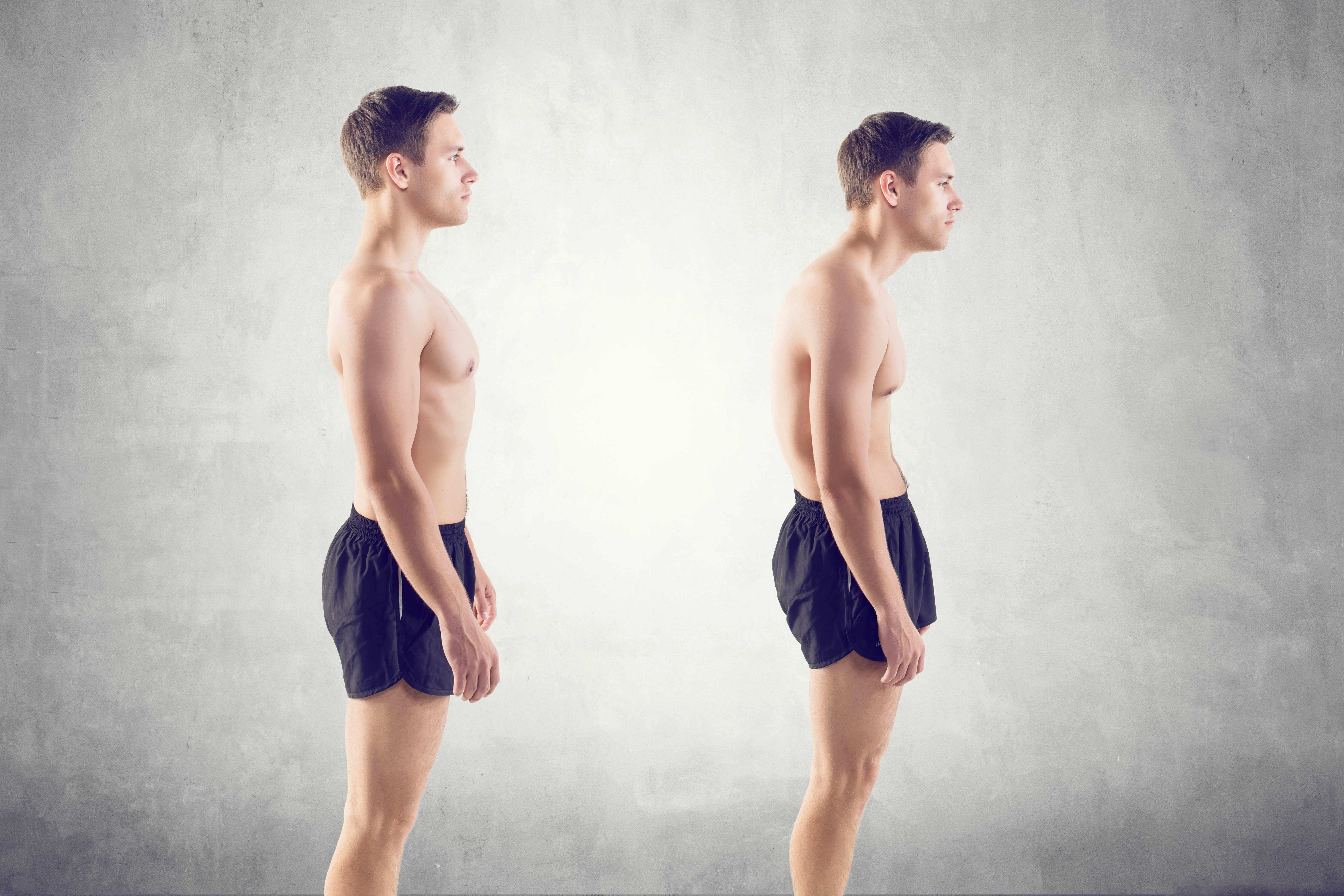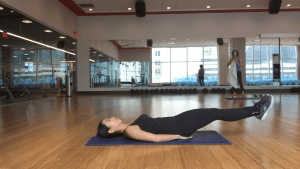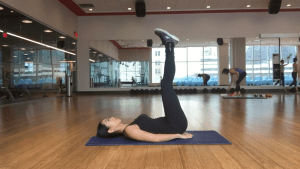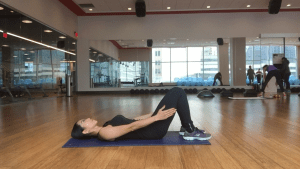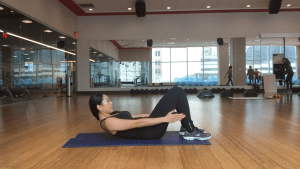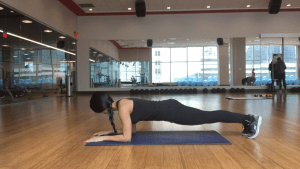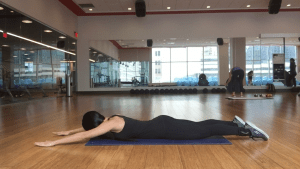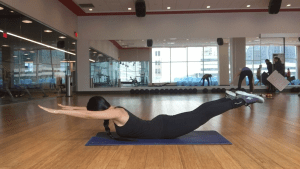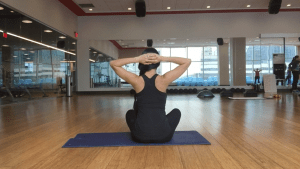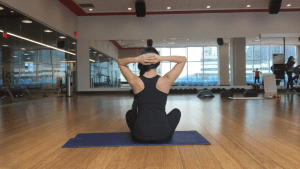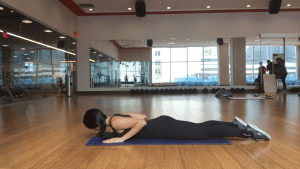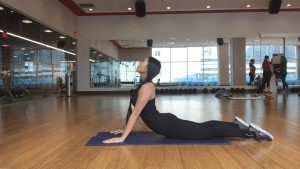Do you stumble out of bed and head straight to your coffee pot? Do you even have a timer set so it’s ready and waiting for you?
Do you need a little pick-me-up mid morning and hit the Tim Hortons drive thru?
Or mid-afternoon, do you find yourself reaching for a soda (or worse, an energy drink) to give you enough energy to get you through the rest of your day?
These are some not-too-subtle signs that your body is relying on caffeine as an energy source – both physically and mentally.
Caffeine can wreak havoc on your adrenal system and depending on the source of your caffeine, can affect your cardiovascular system and digestion, not to mention your sleep habits.
You may also know it’s time to curb your intake of caffeine if you notice…
• you need more and more to feel its effects
• your consumption levels are ever increasing
• you are starting to notice that your nerves are jumpy or you are not feeling like yourself
• you feel fluttering in your chest or differences in your breathing
• extra urination and symptoms of dehydration
• if you have a headache or other uncomfortable symptoms if you don’t have caffeine
So how do you reduce or eliminate your intake of caffeine without serious withdrawals?
Everyone’s body reacts differently when they come off of caffeine. As it is classified as a drug, it is important to treat this as a serious issue and make sure your withdrawal is limited and your transition out of its clutches is gentle.
Some people may decide to go cold turkey, but that definitely tends to cause headaches and other terrible symptoms that may leave you out of commission for up to 3 or 4 days.
It would be best to slowly reduce your intake until you either bring it back down to a more controllable level or remove it from your life altogether.
For the first week, reduce your consumption by 25%. So if you’re having 4 coffees (or whatever your caffeine source is) per day, try to have just 3. Do this for a week and notice any changes.
For the second week, again reduce your consumption by 25% – so just have 2 coffees per day.
And for the third week, reduce another 25% and have just 1 coffee per day.
For the fourth week, you can continue to reduce your intake by having a coffee every other day or if you feel like you are back in control, one per day is a much better amount.
Be sure to supplement your eliminated cup of coffee with another liquid – either warm water with cinnamon and lemon squeezed into it or a caffeine-free tea, so you do not feel deprived of the relaxation of enjoying something warm in your hands that tastes lovely and feels comforting.
While you are making this major life change, it is incredibly important to support your body with added vitamins and nutrients during this time.
Load up on the plant based meals and add as many extra fruit and vegetables into your day as you can. This will help to rebuild your body and support your reduced caffeine intake by offering a real energy source. If your body is fed properly with abundant sources of real nutrition, it will stop craving external energy sources, such as caffeine to get your through the day.
If you have any questions about reducing your caffeine intake and supporting your body through this change, talk to your natural health practitioner.
Jo-Anne Richardson has almost a decade of experience managing a chiropractic office and educating patients on how chiropractic can allow your body to express optimal health. She is a Registered Holistic Nutritionist and holds a Degree in Communications. She loves to experiment with raw vegan recipes, loves to salsa dance, travel and learn new holistic health information to share tips with everyone who visits the office.


